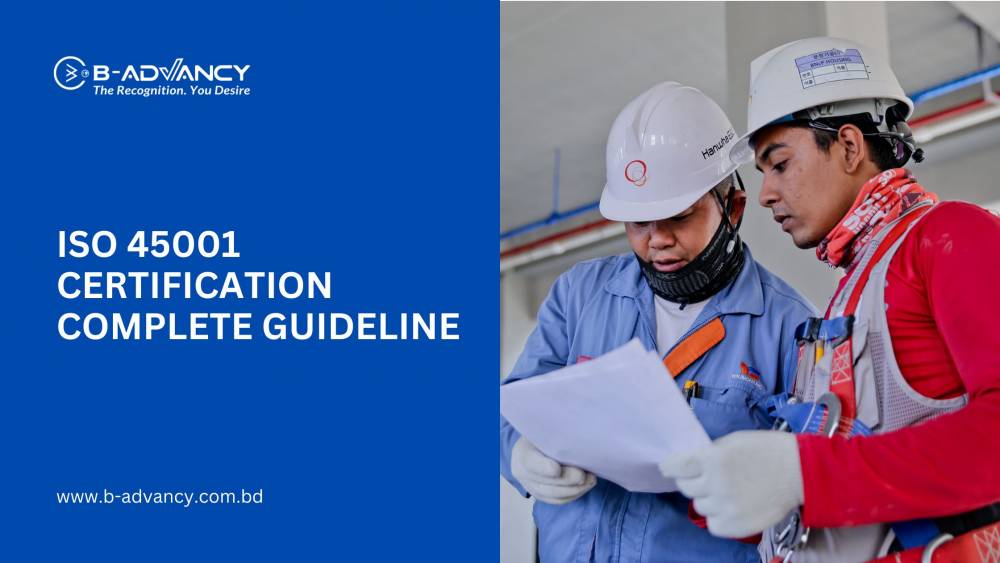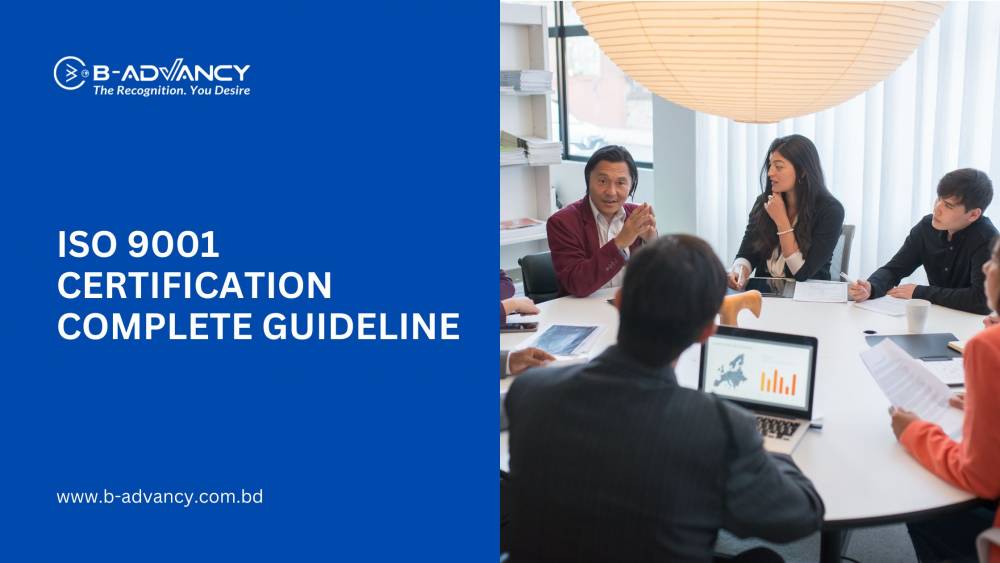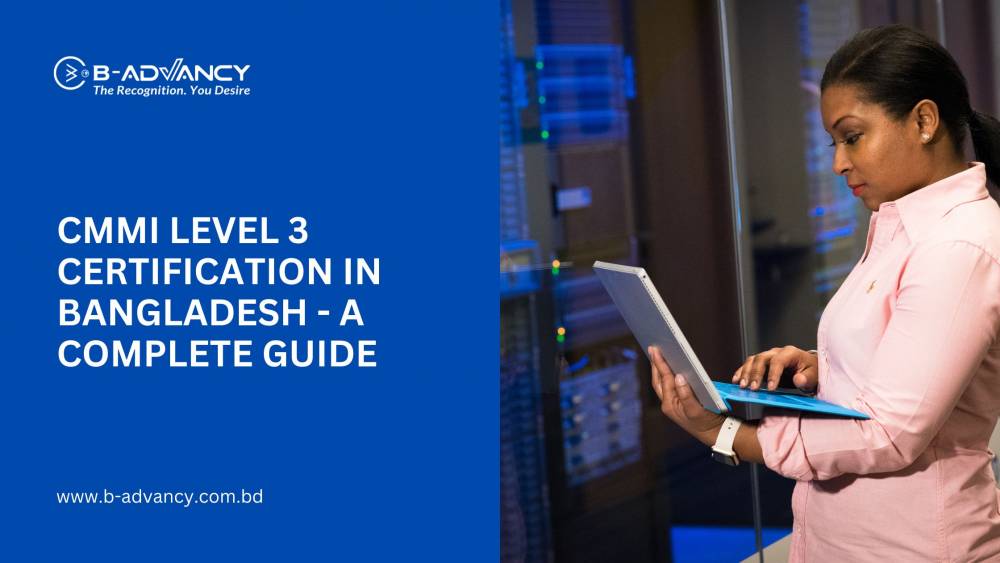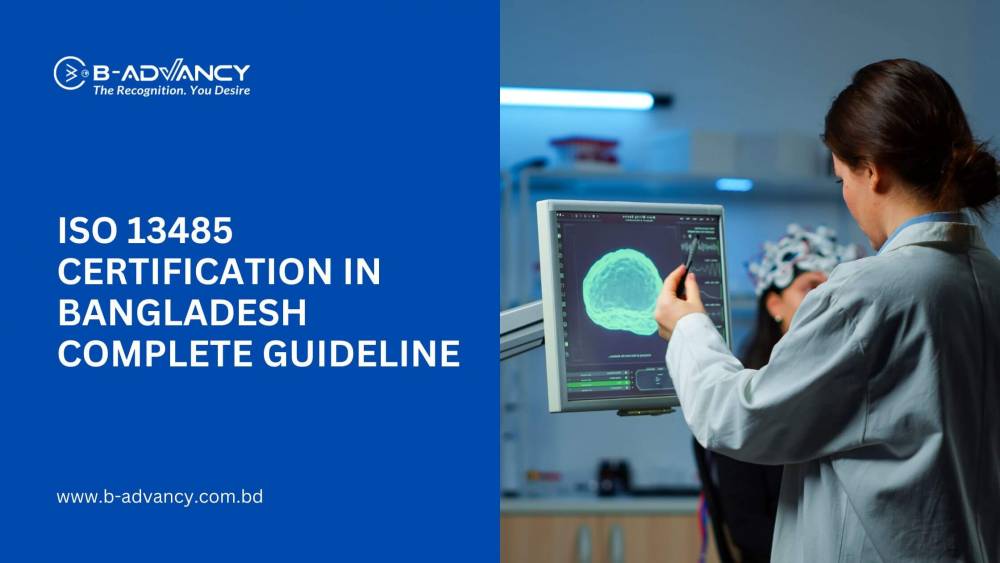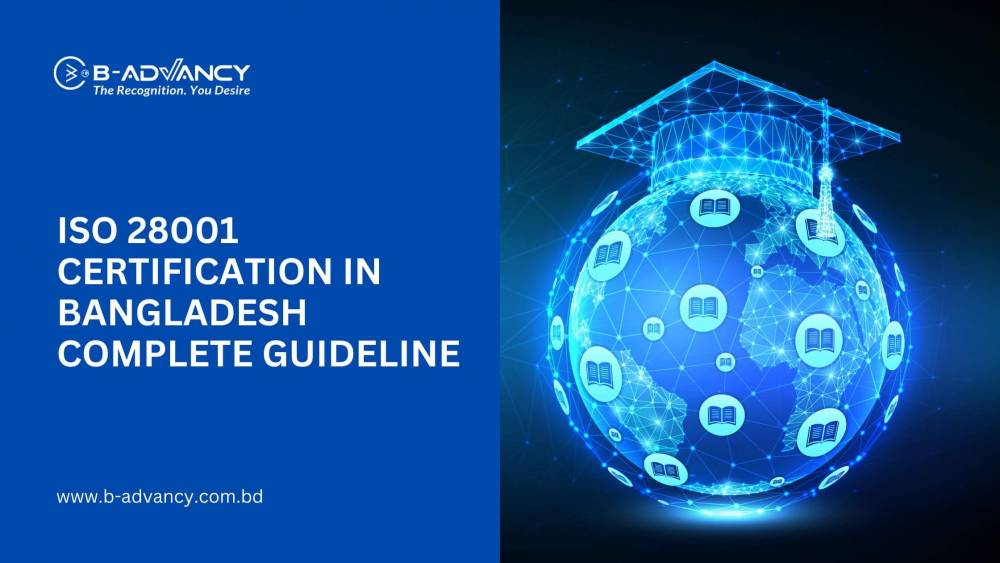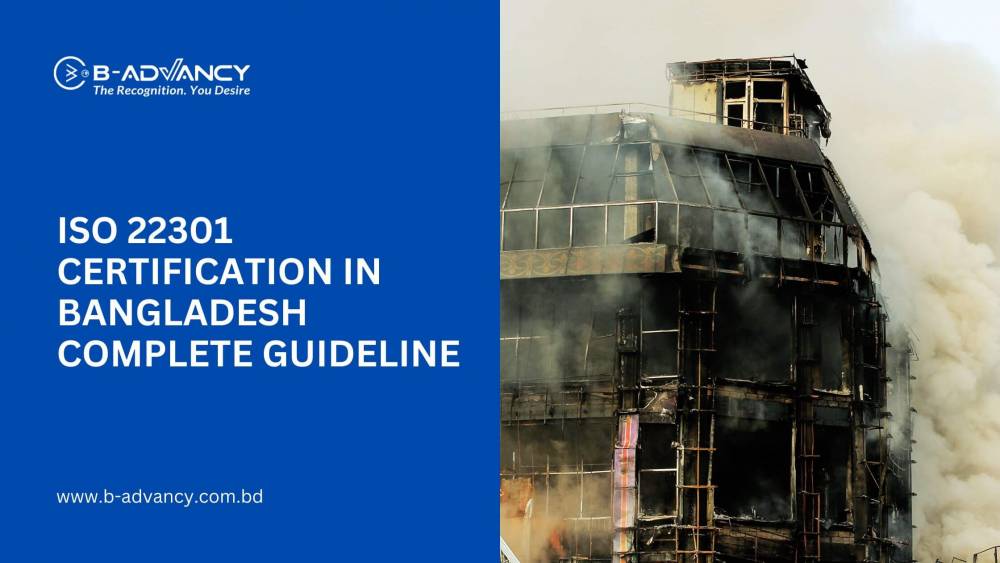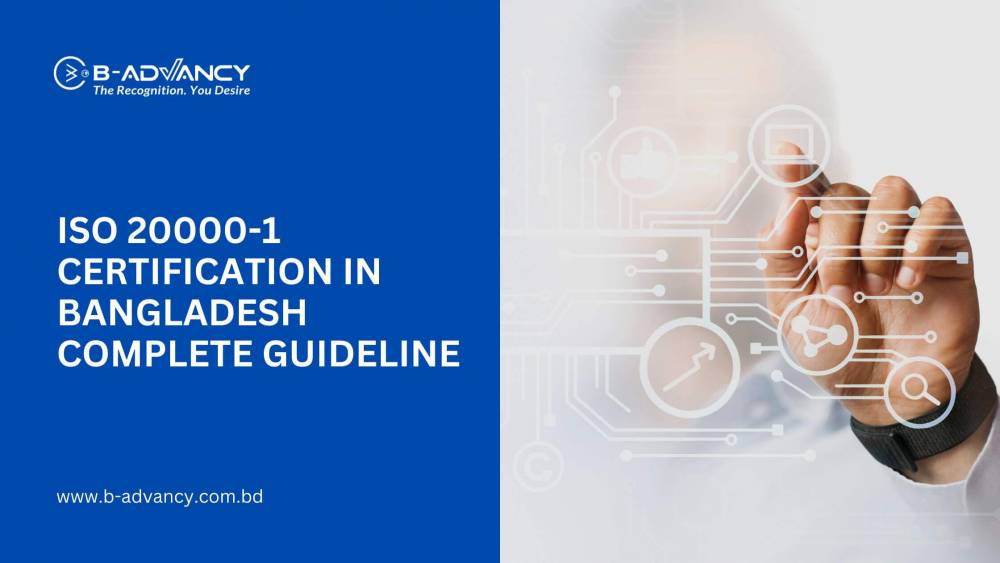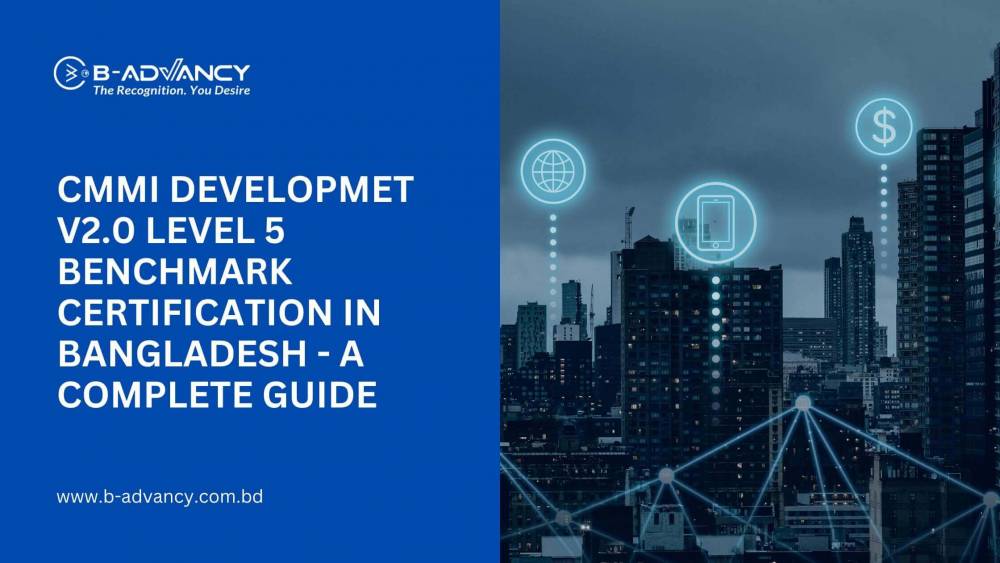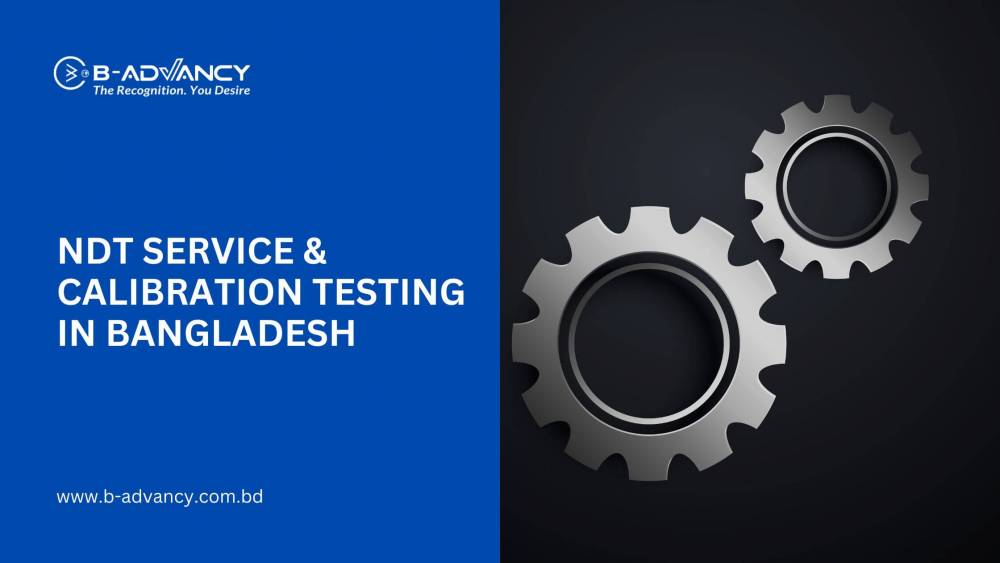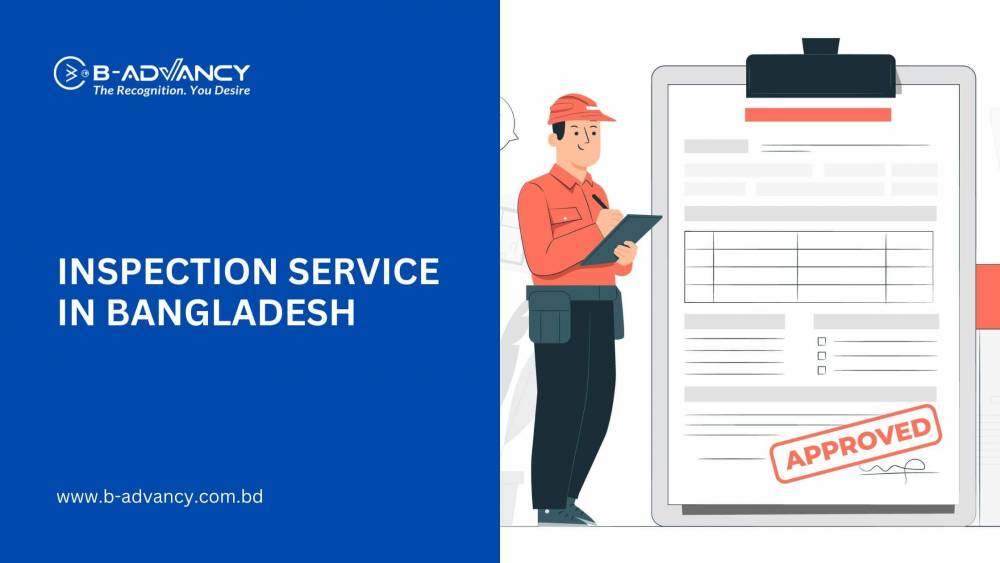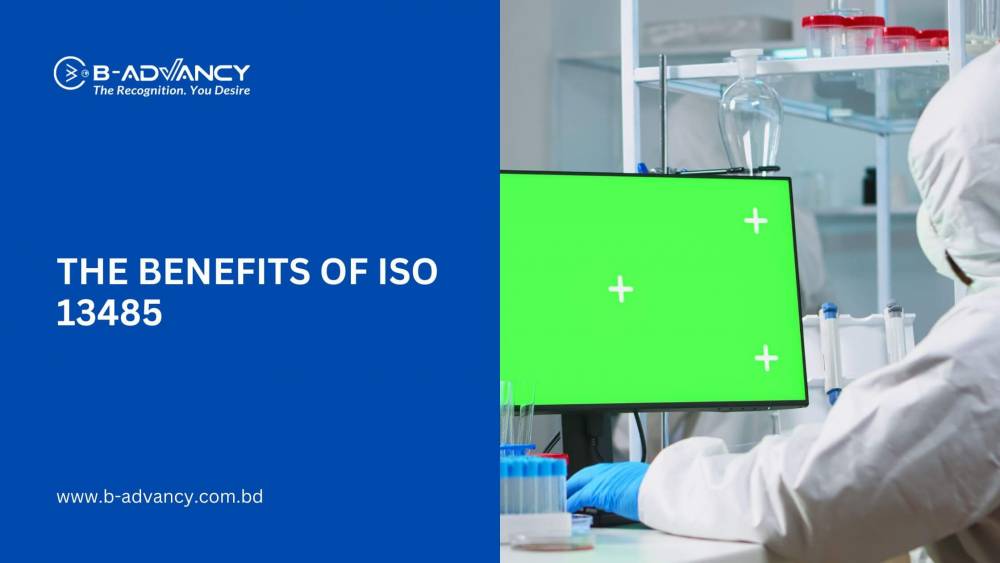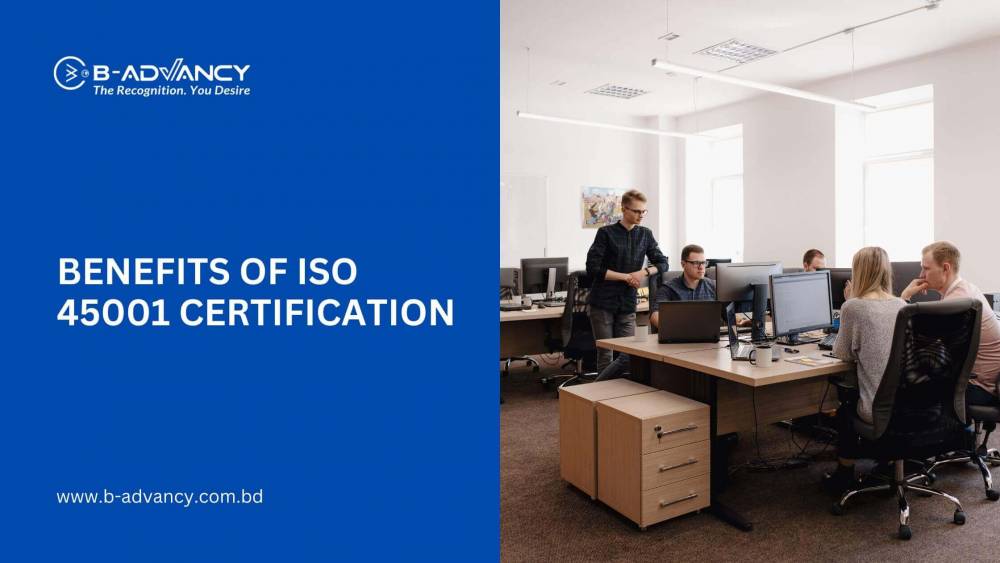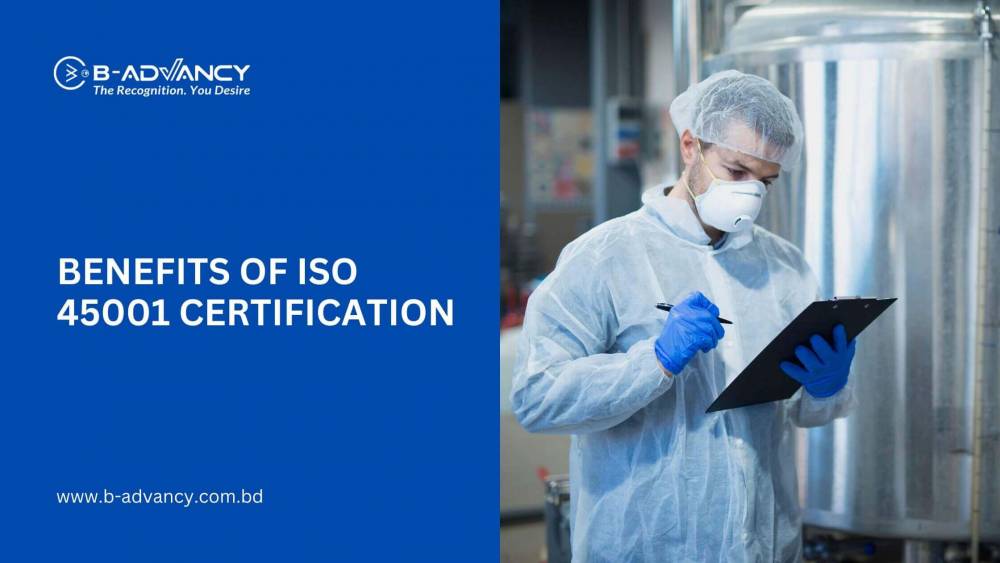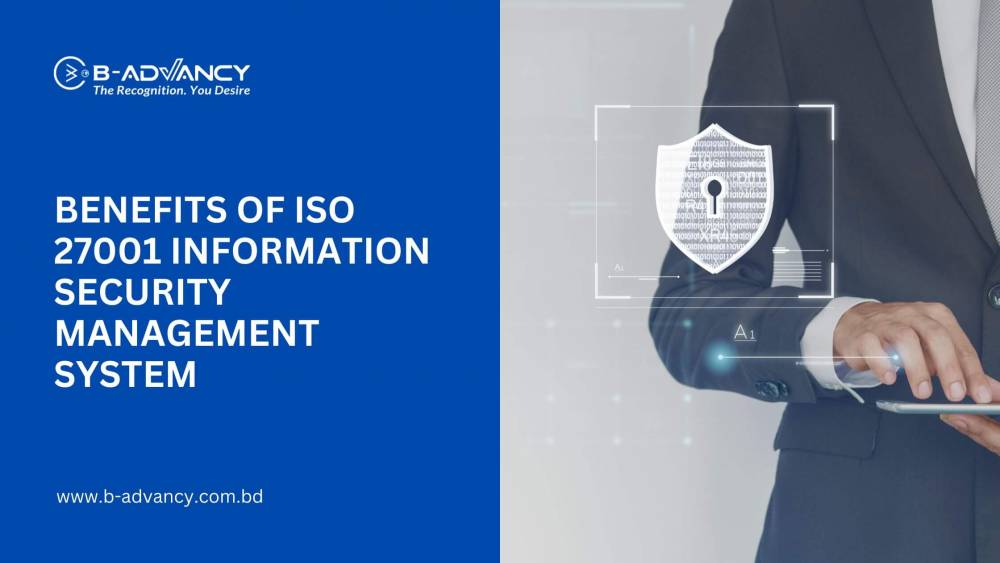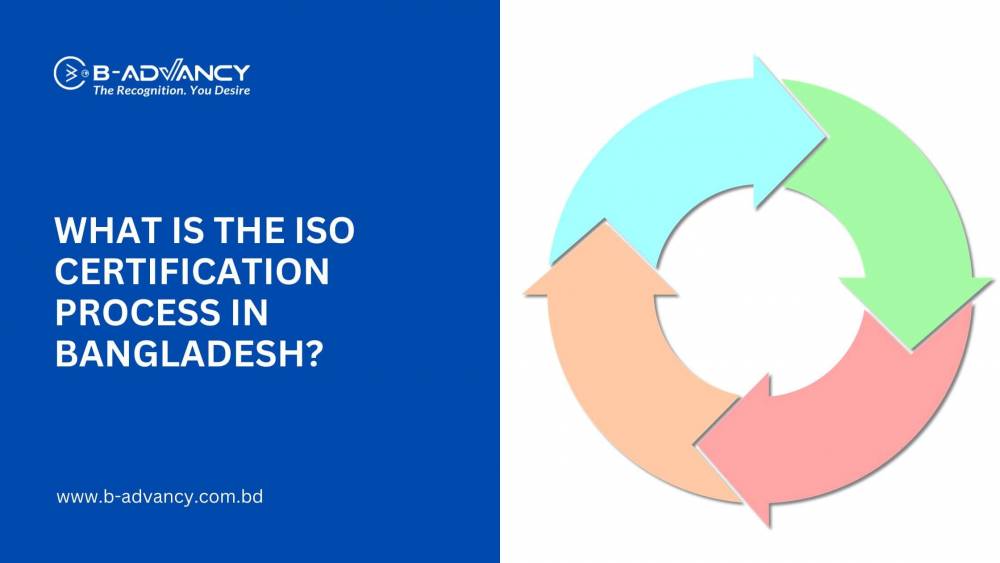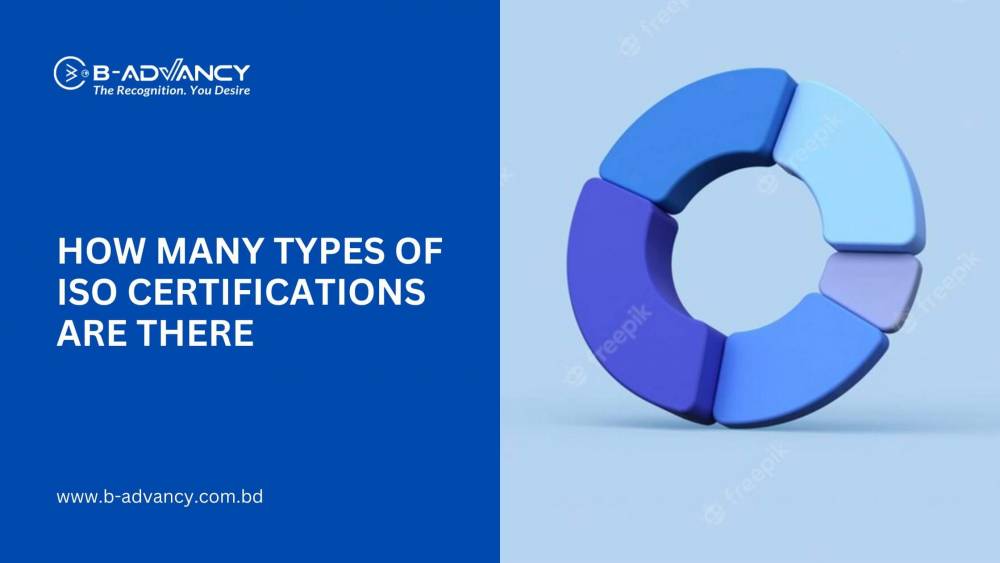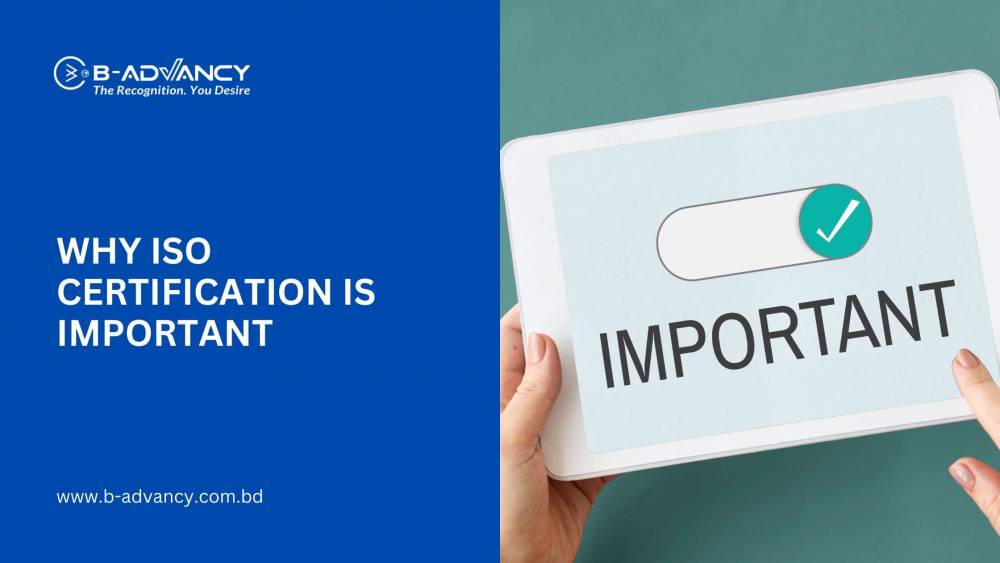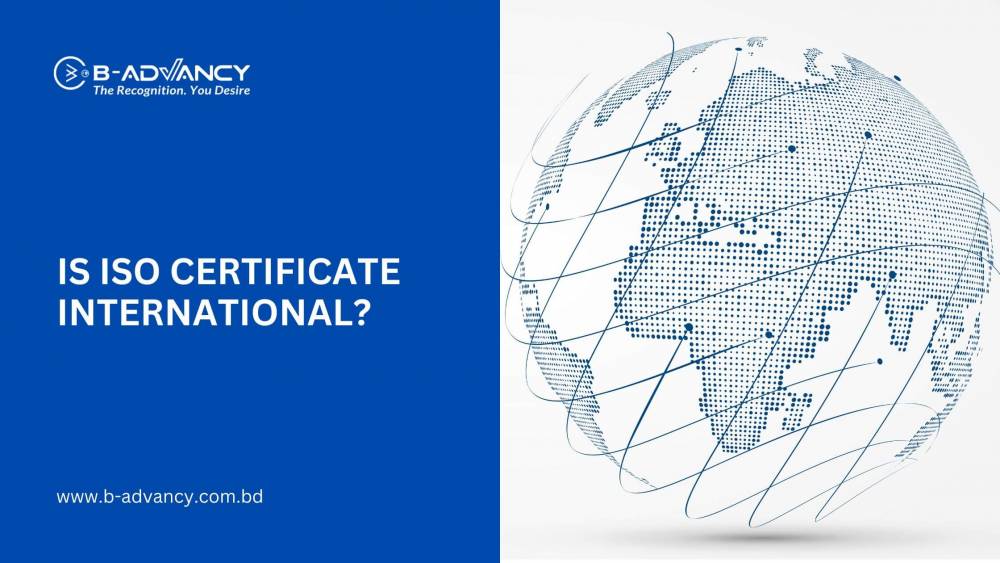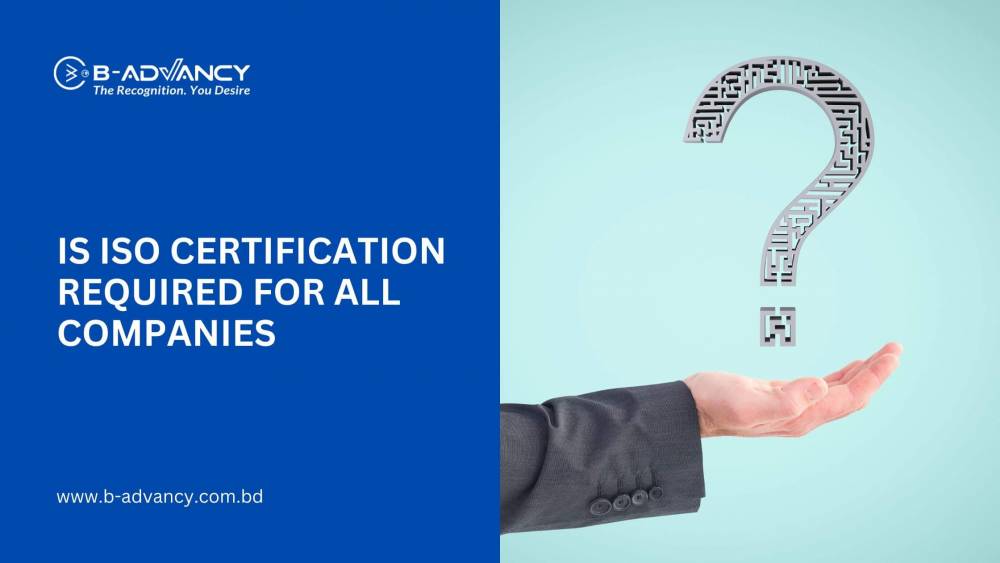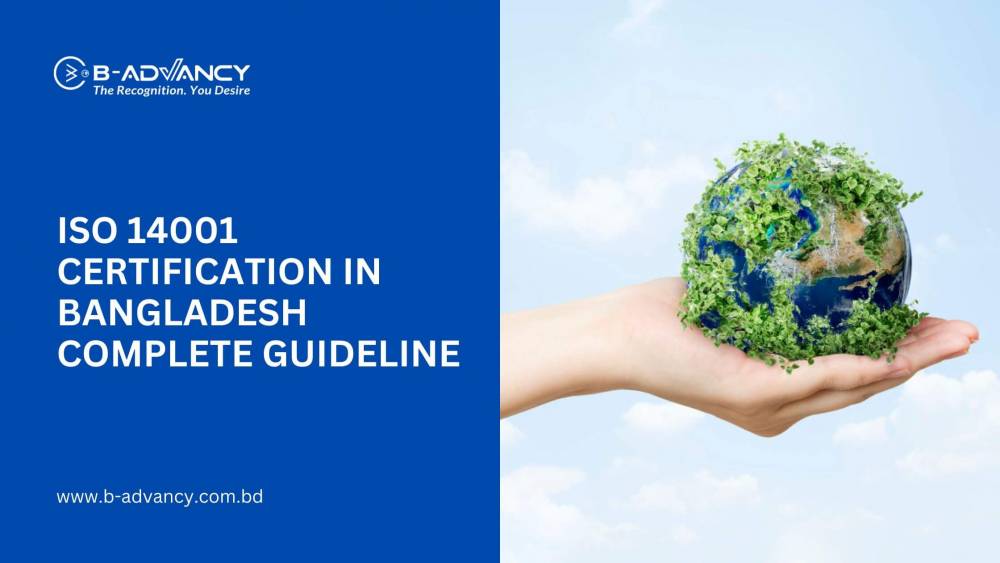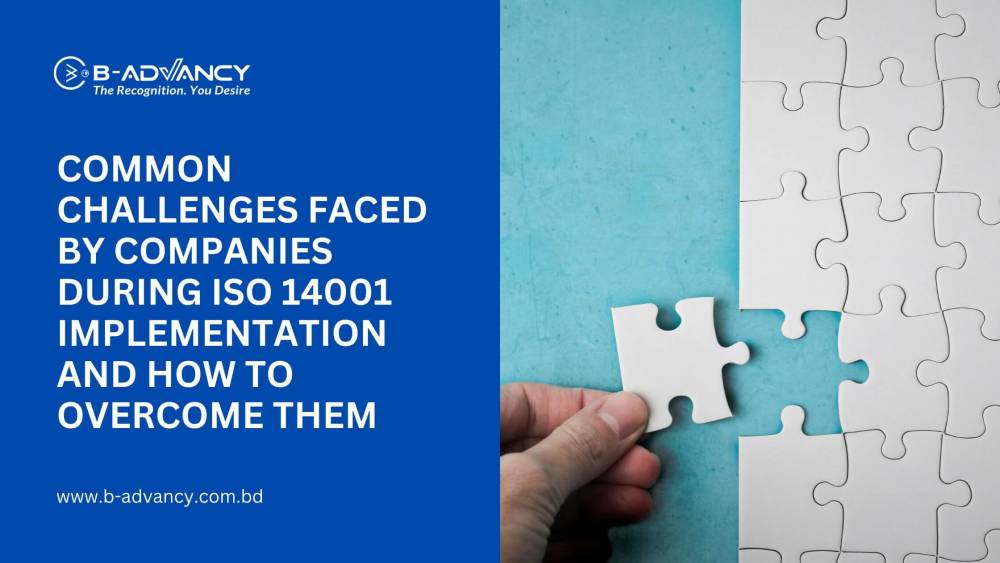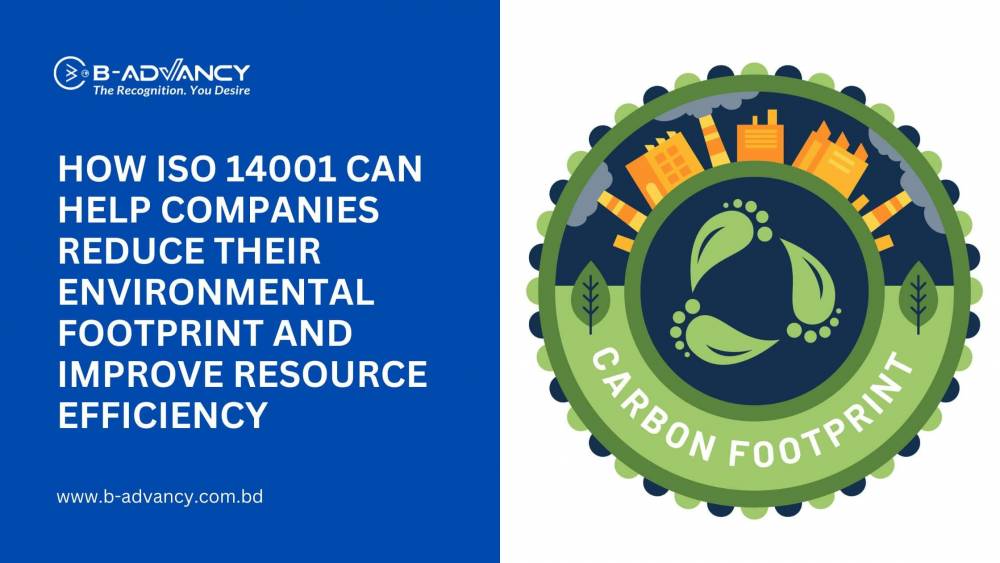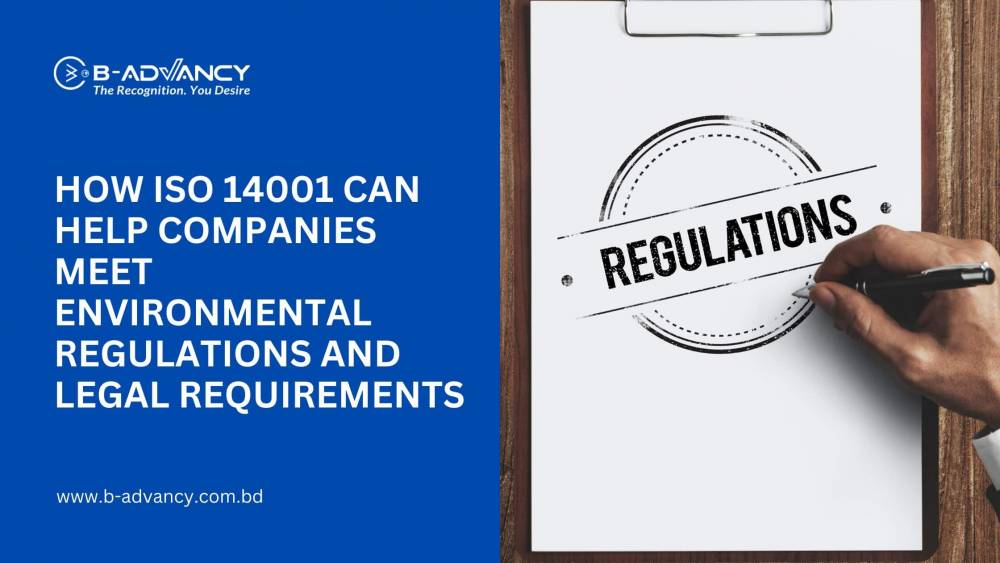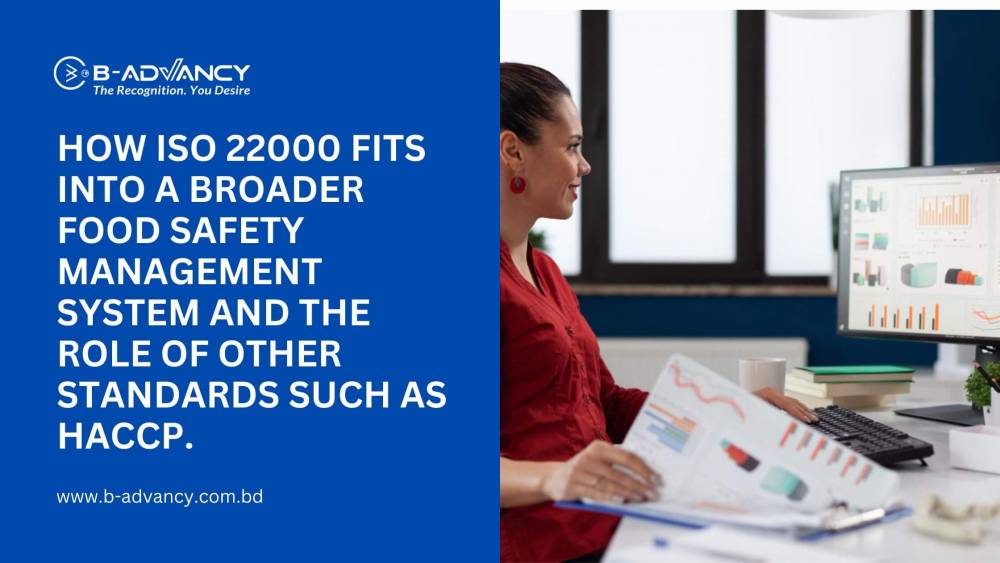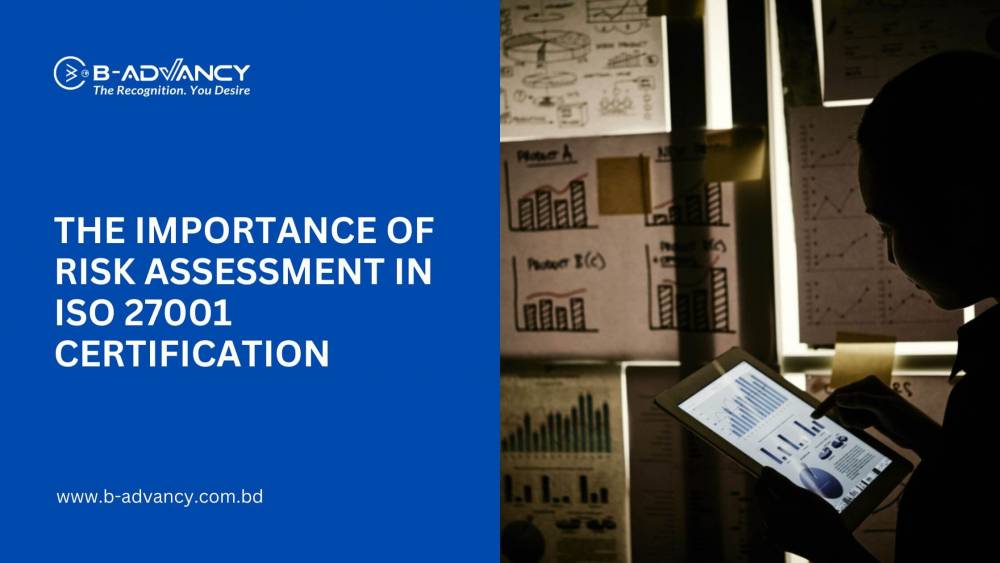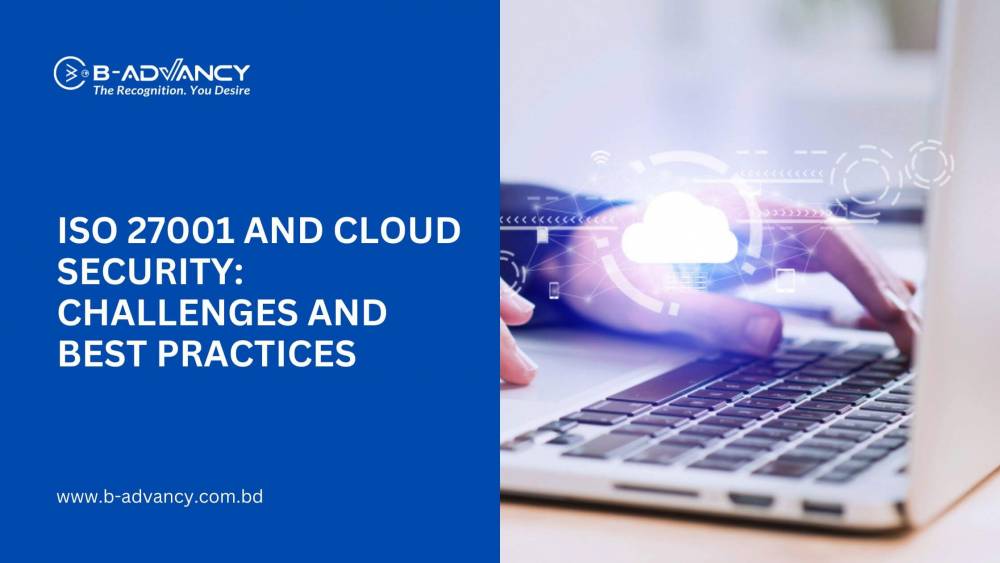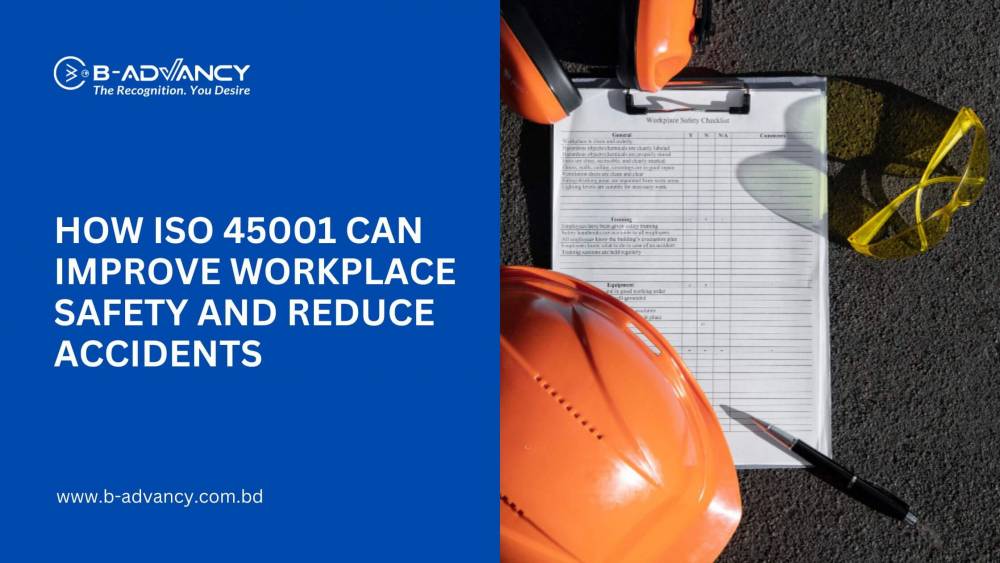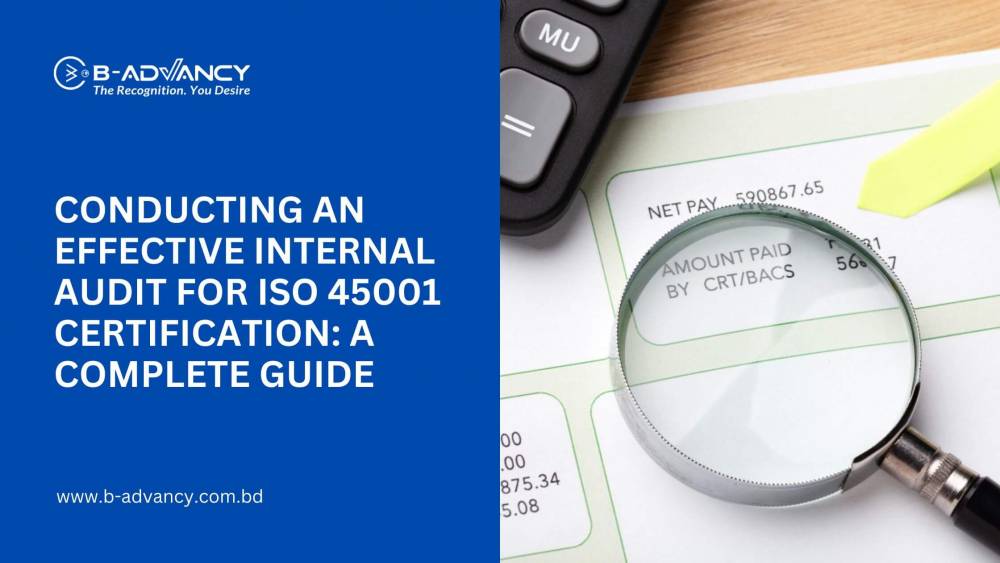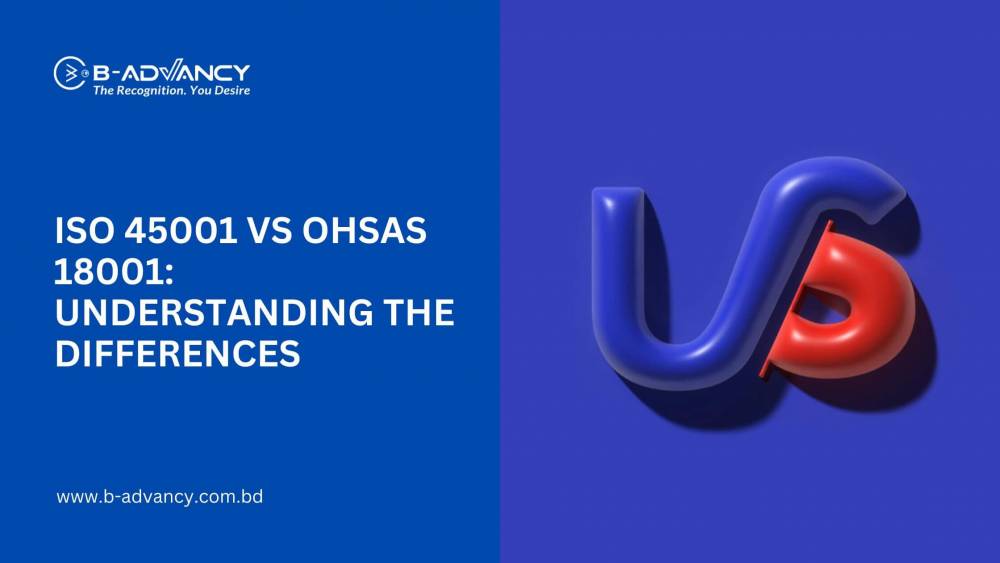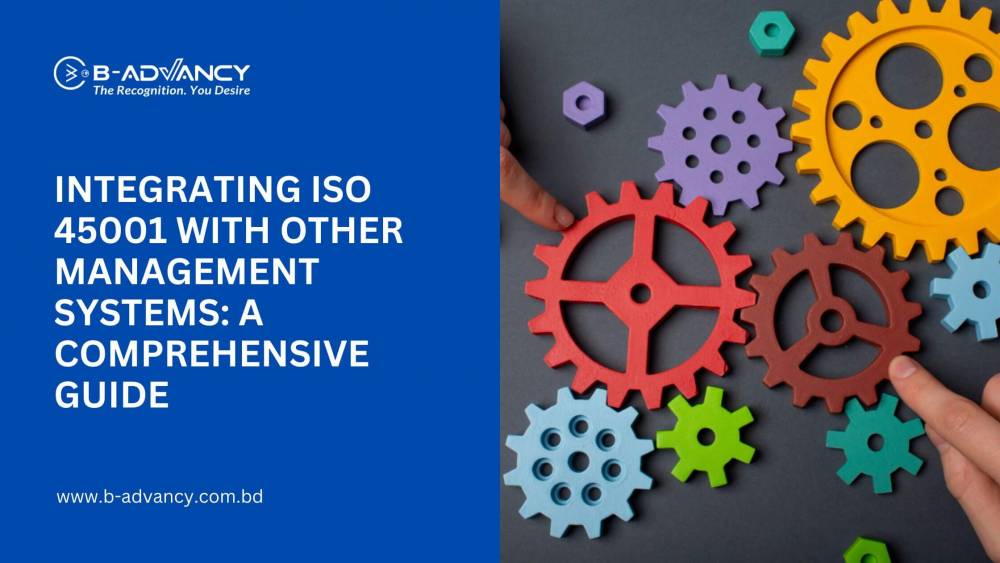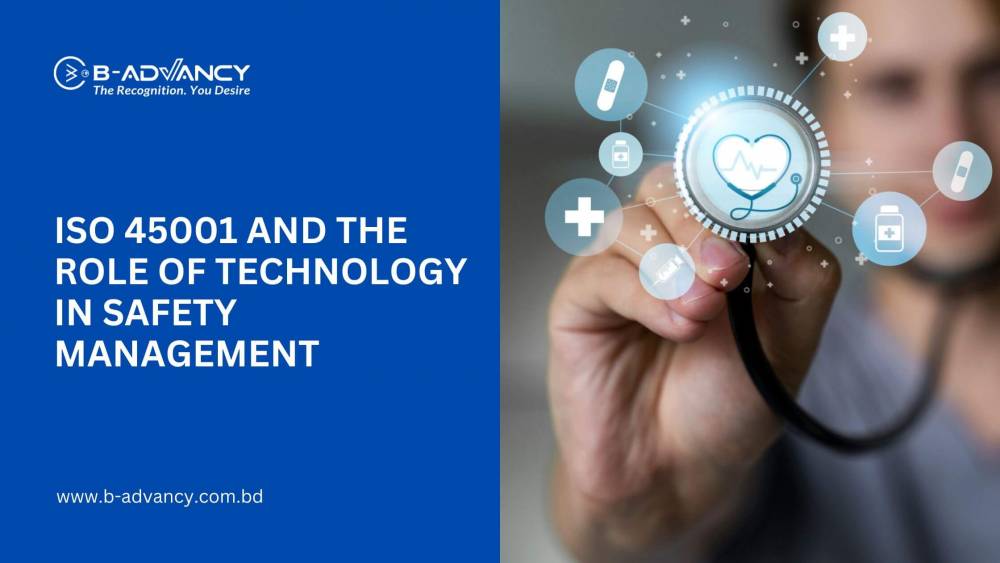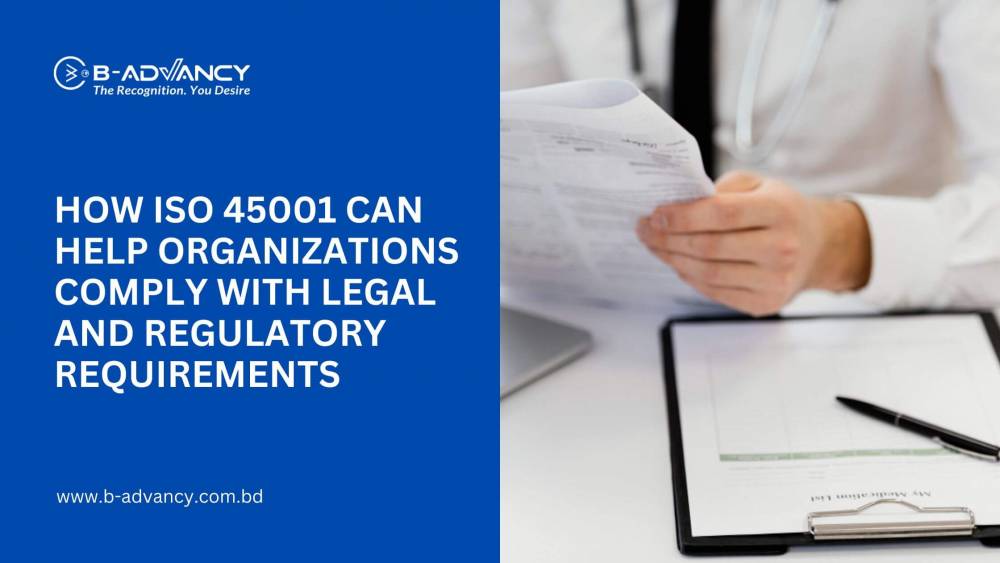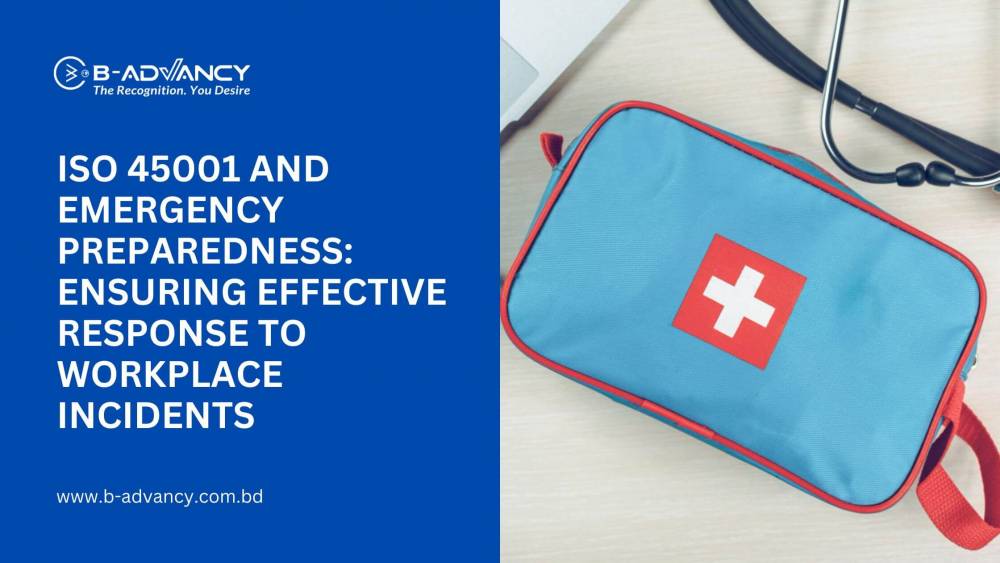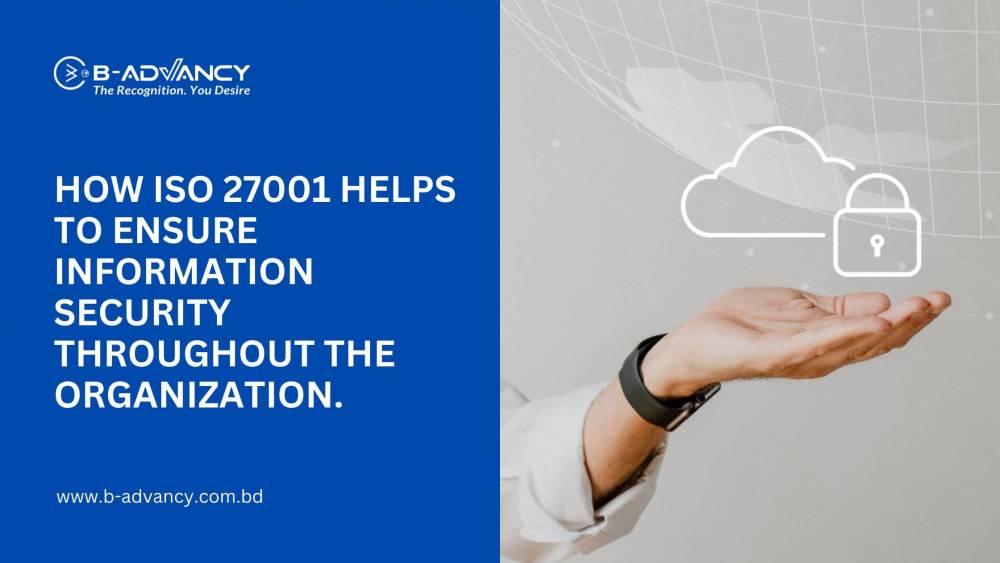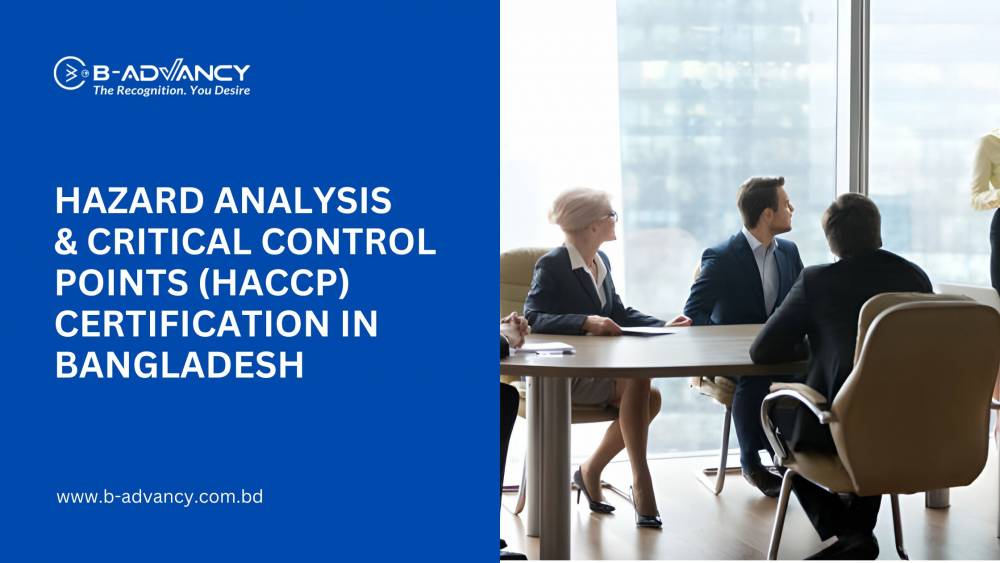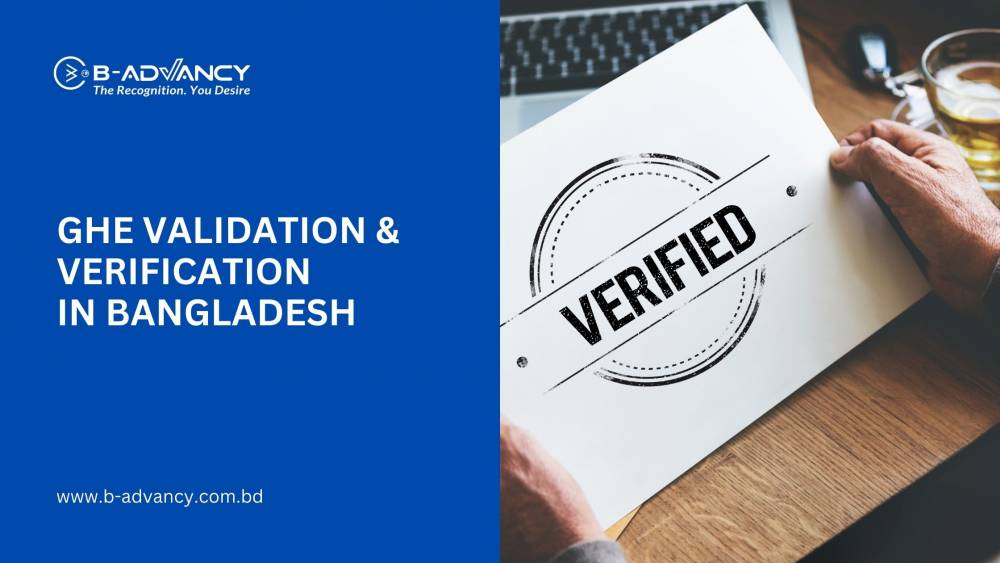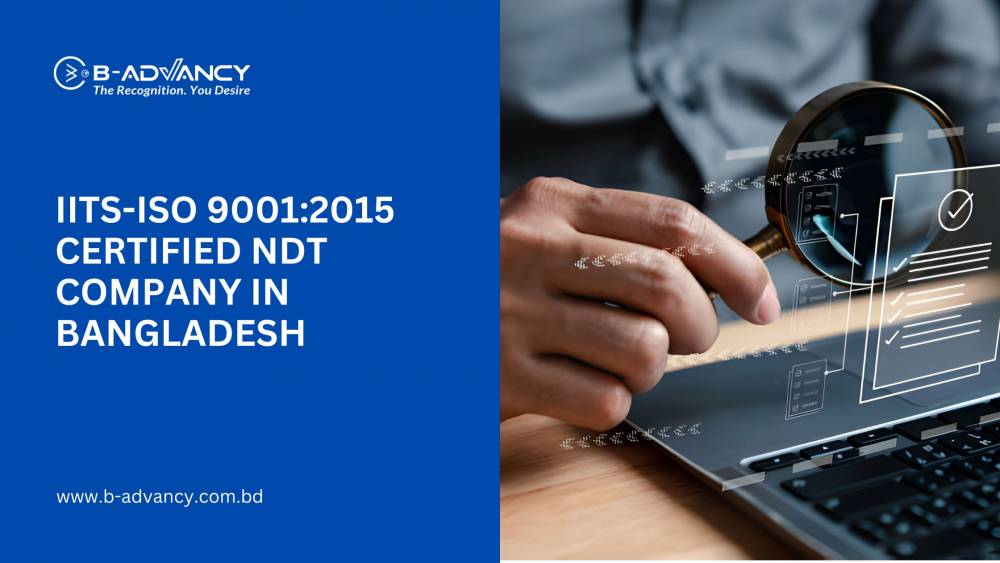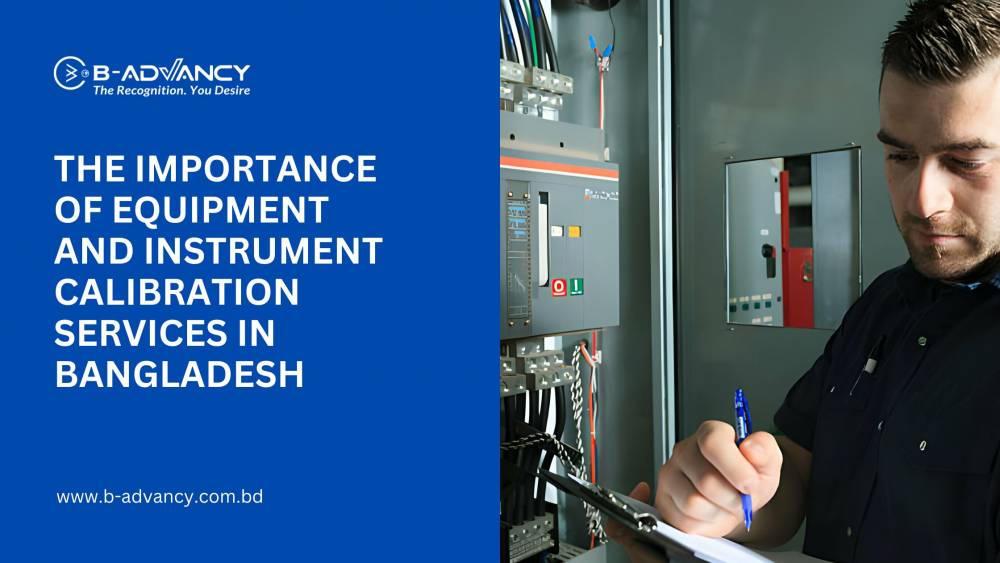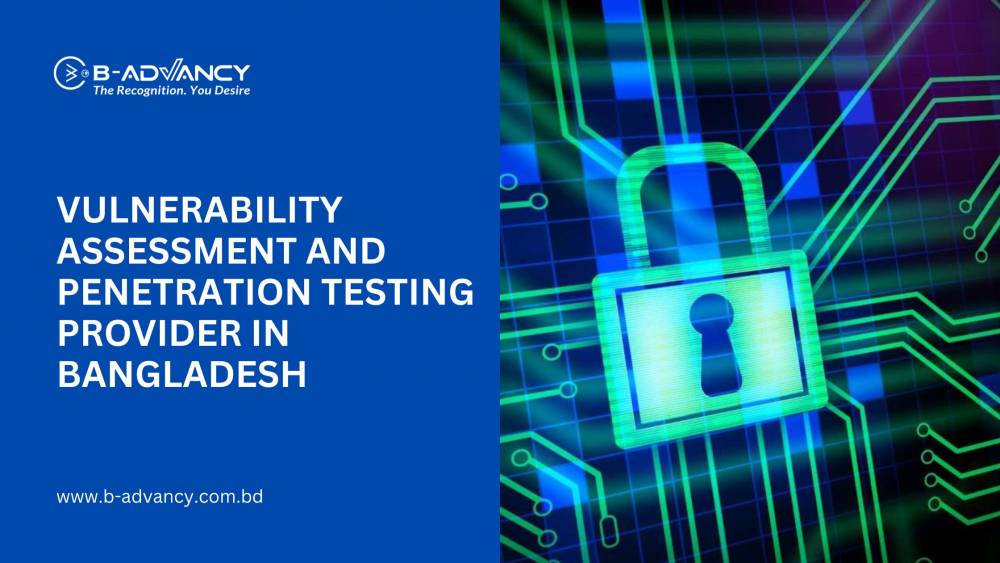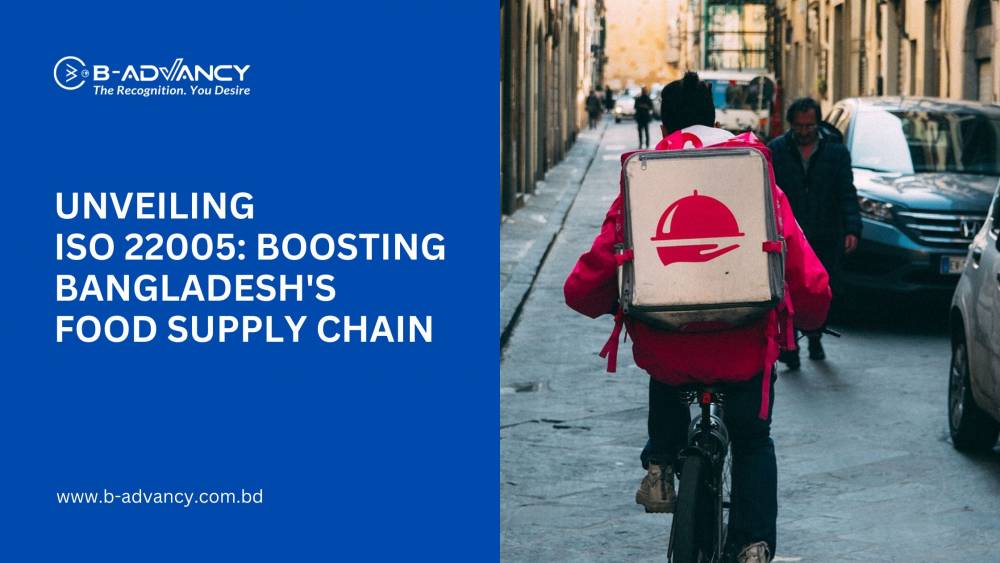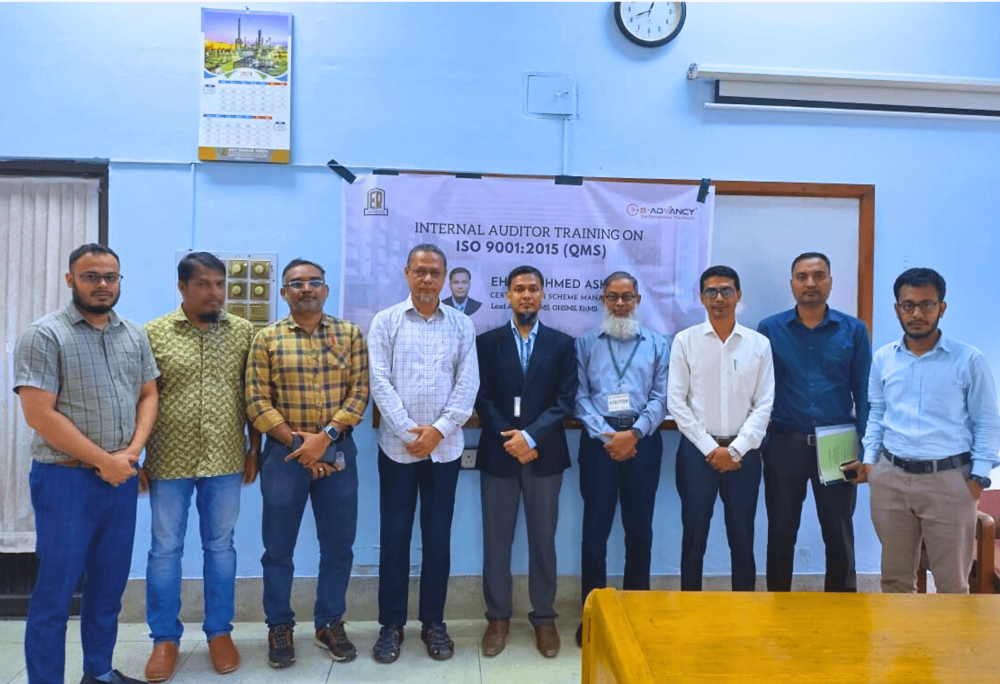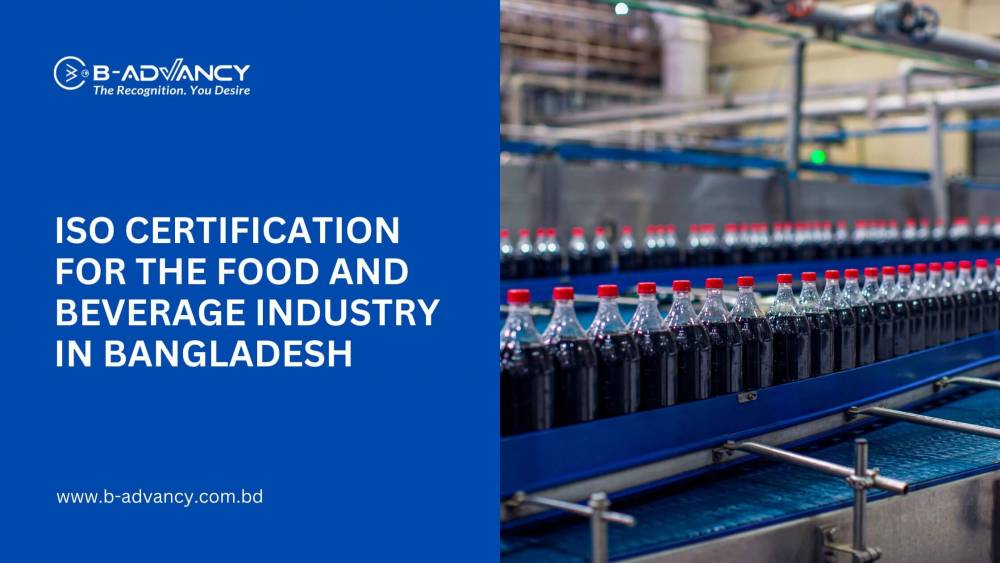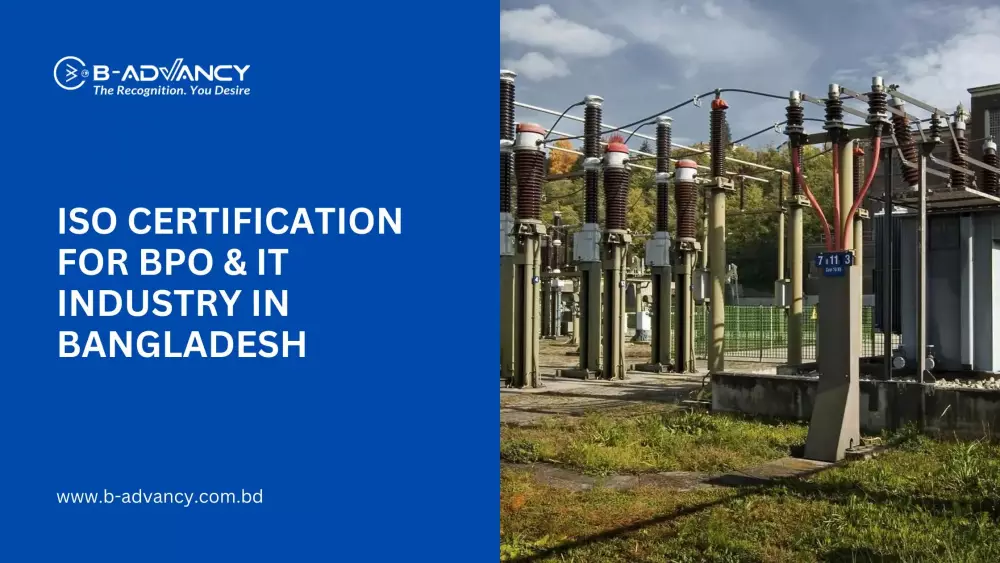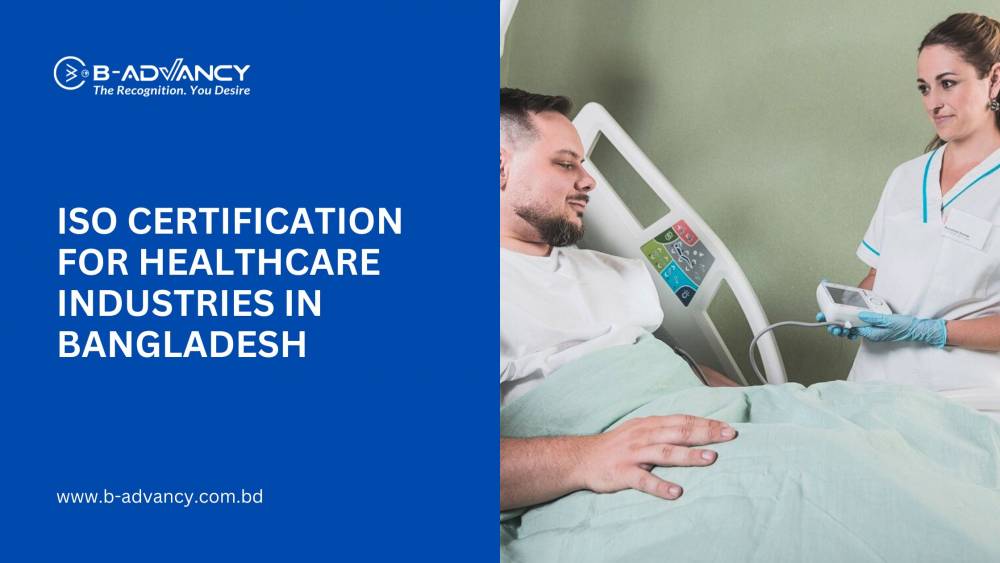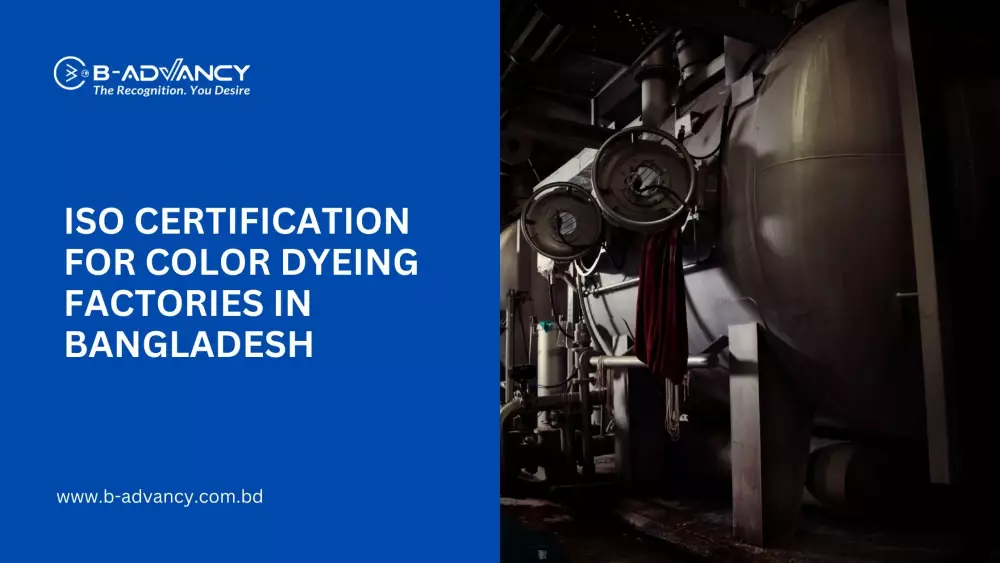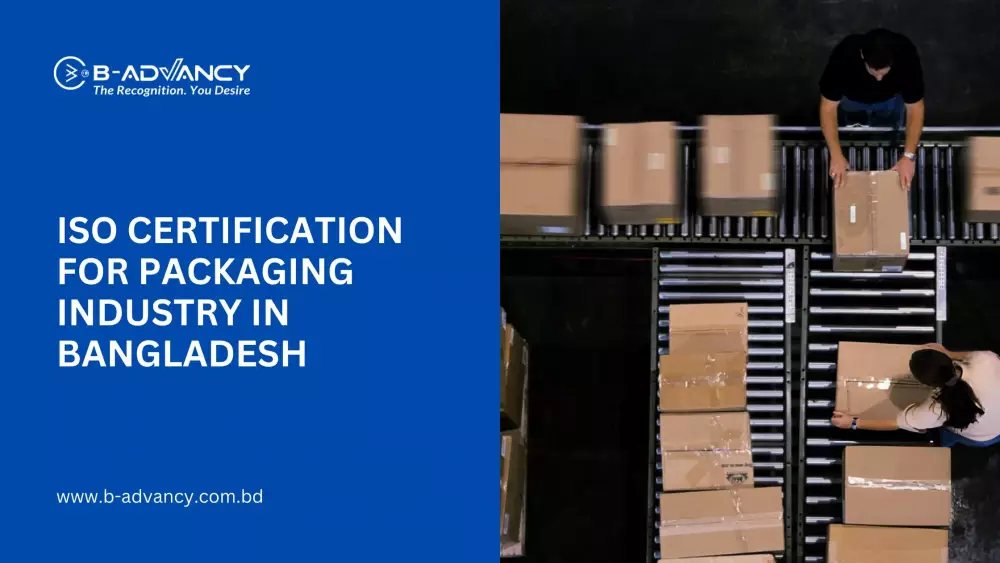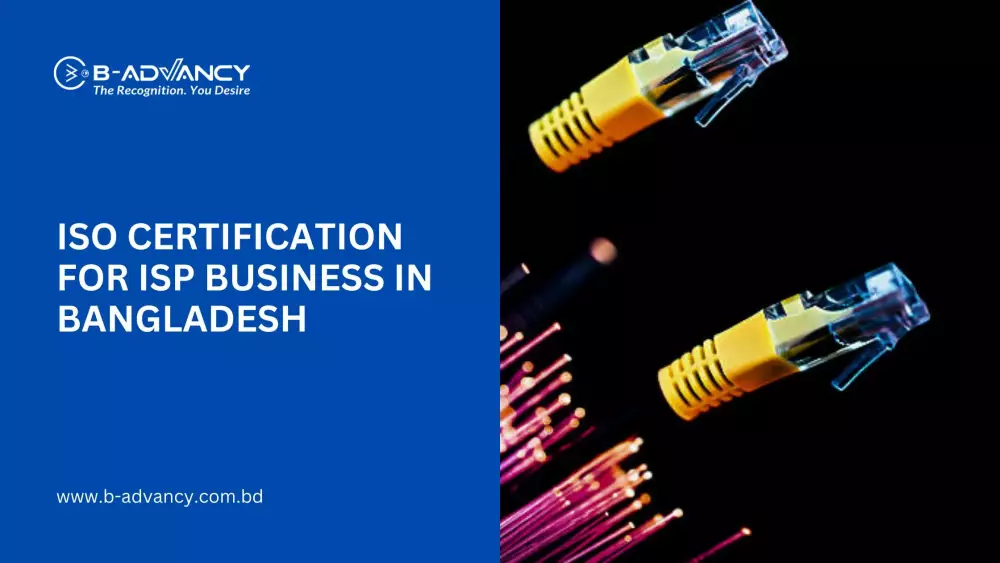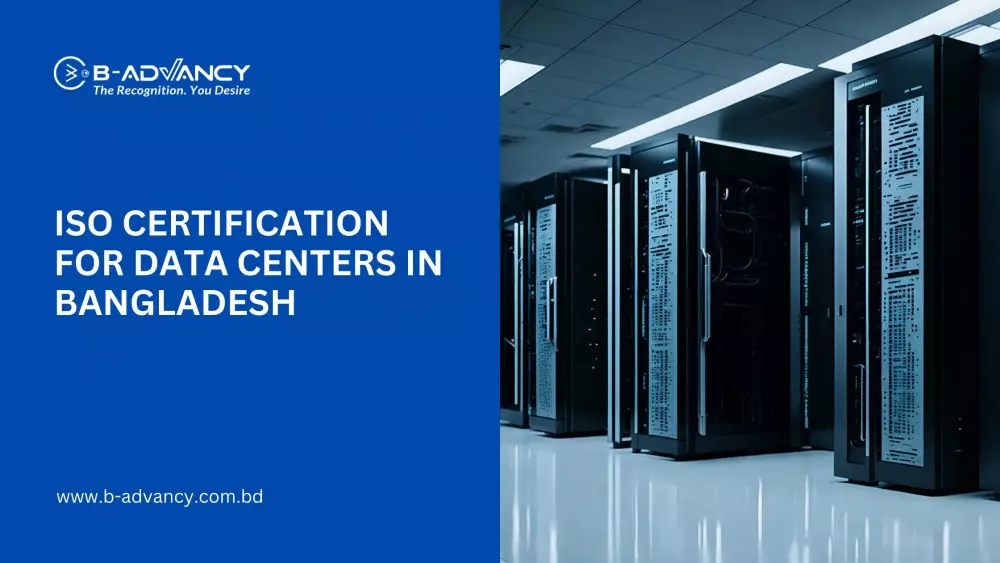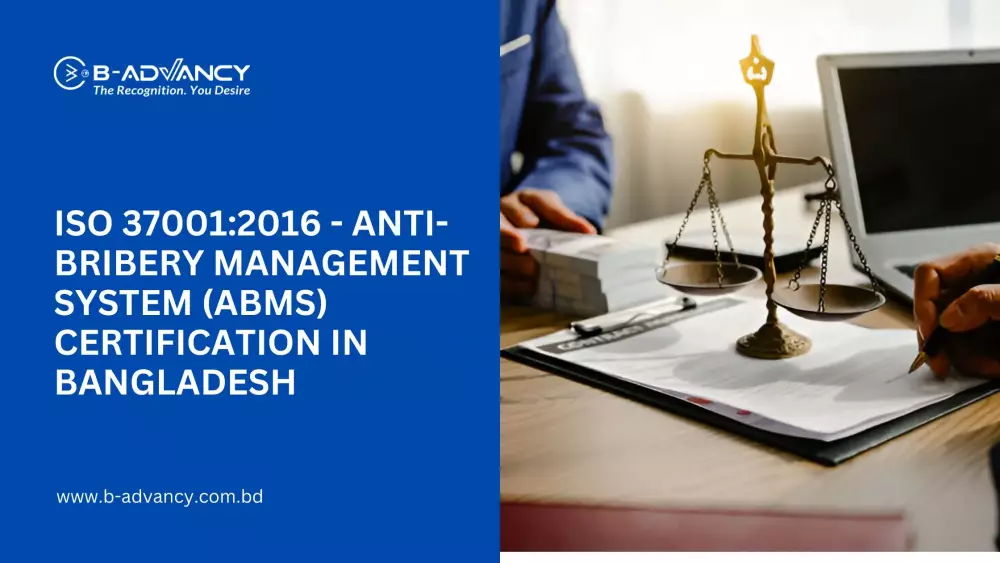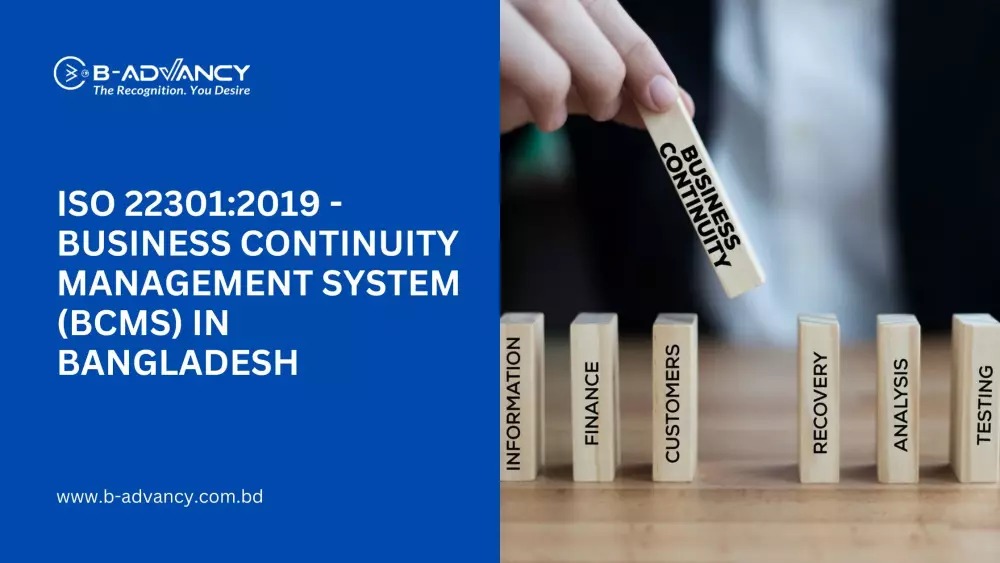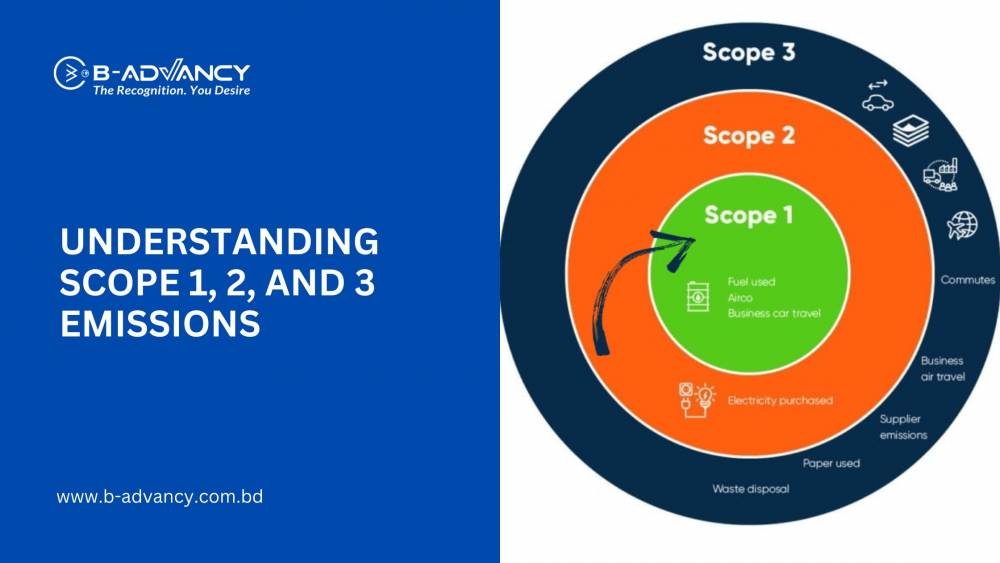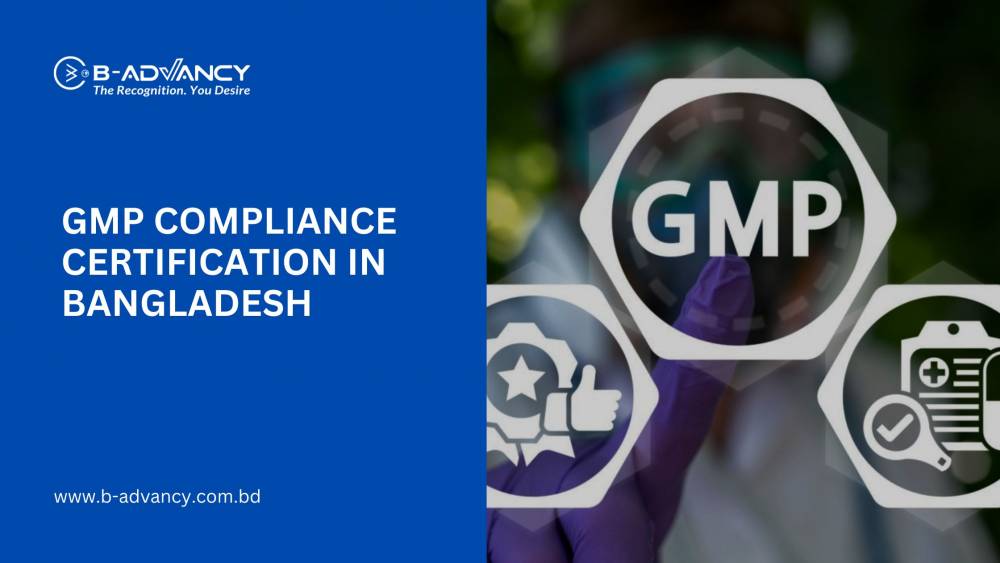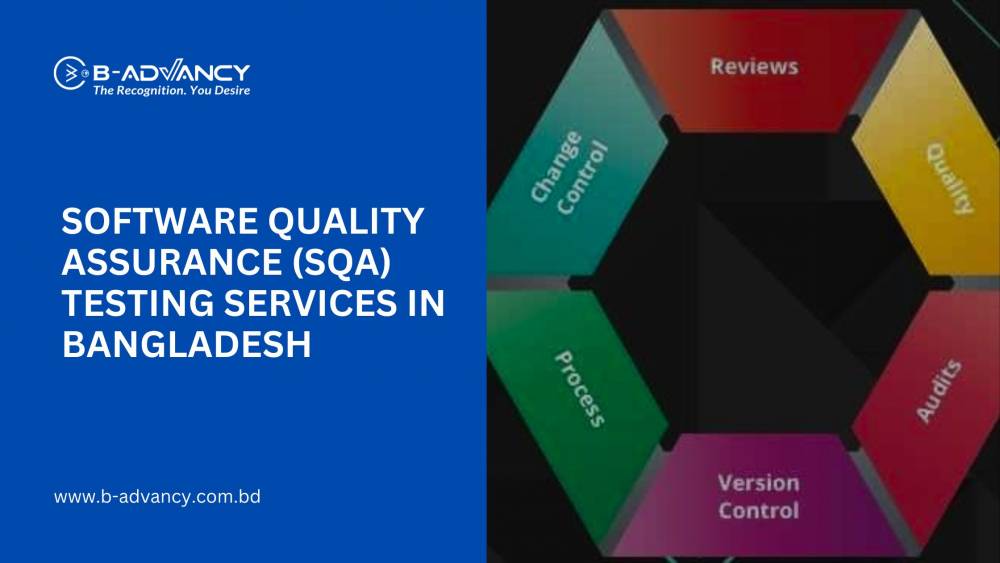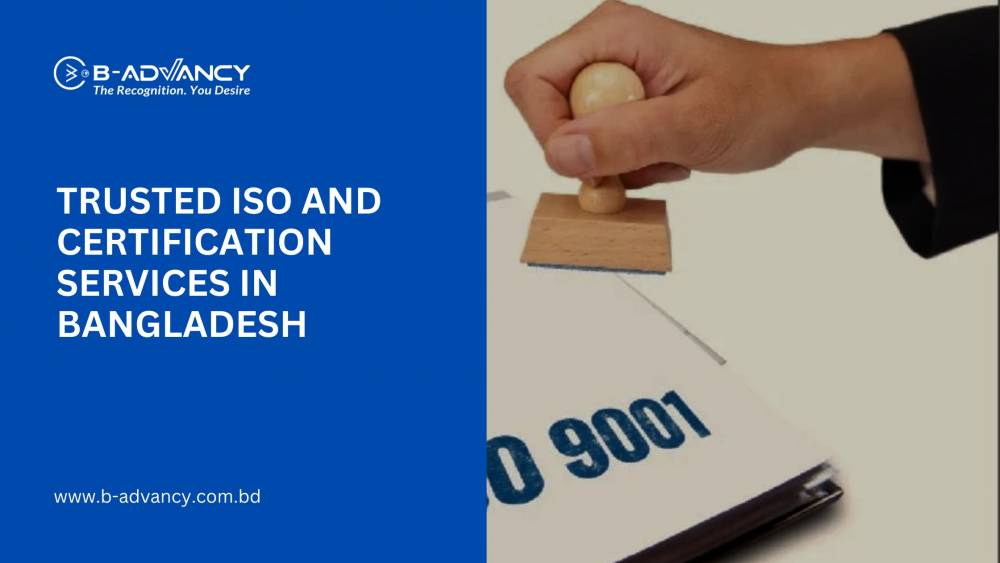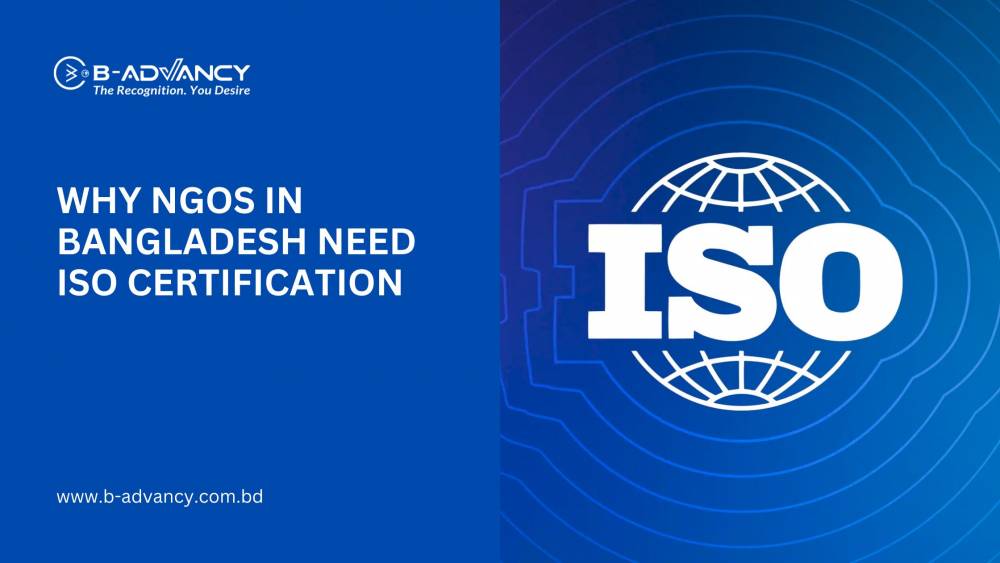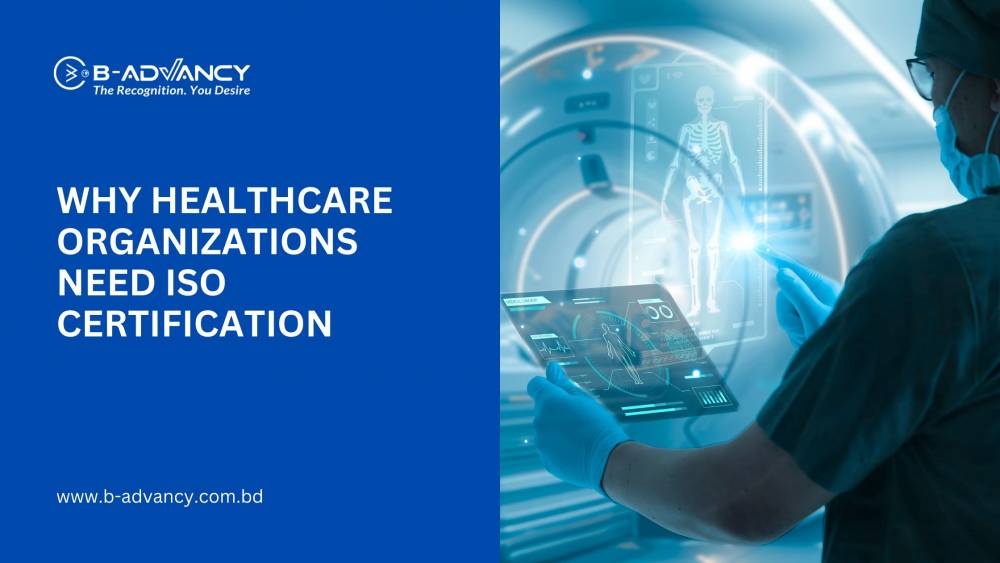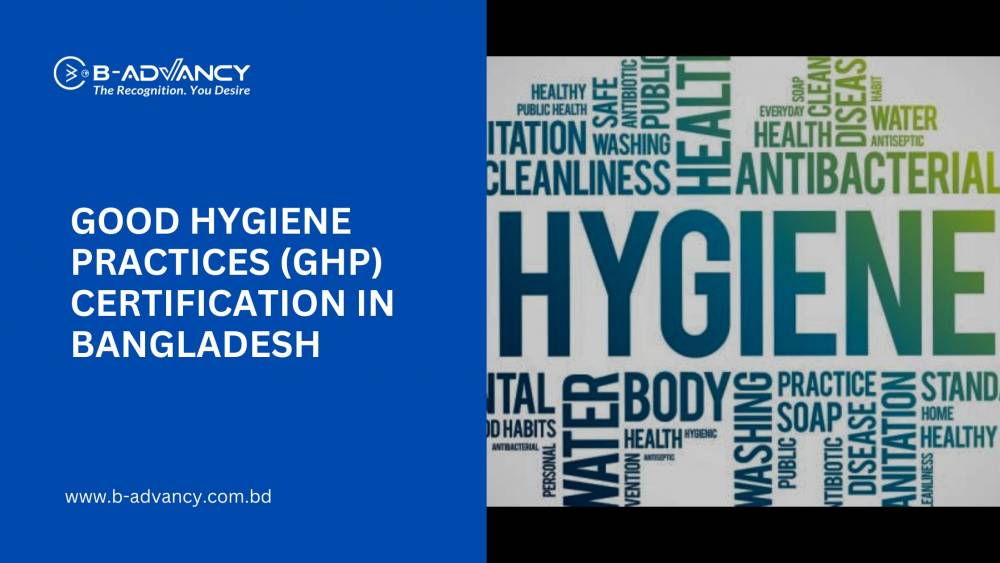ISO 45001 and Risk Management: A Comprehensive Approach
In today's world, health and safety have become a top priority for organizations across industries. In addition to complying with legal and regulatory requirements, companies are recognizing that implementing effective risk management strategies can lead to a safer work environment, higher productivity, and increased employee satisfaction. One way that companies can achieve this is by adopting ISO 45001, a comprehensive international standard for occupational health and safety management systems.
ISO 45001: Overview
ISO 45001 is a globally recognized standard for occupational health and safety management systems. It provides a framework for organizations to identify, control, and minimize health and safety risks in the workplace. By adopting ISO 45001, organizations can demonstrate their commitment to health and safety, improve their reputation, and enhance their ability to win new business.
The standard is based on a Plan-Do-Check-Act (PDCA) approach, which involves four key steps:
Plan: Establish the objectives and processes necessary to deliver results in accordance with the organization's policy
Do: Implement the processes
Check: Monitor and measure processes against policy, objectives, and legal and regulatory requirements, and report the results
Act: Take actions to continually improve the performance of the occupational health and safety management system
Key requirements of ISO 45001 include identifying and assessing risks, implementing controls to mitigate those risks, and establishing a continuous improvement process.
Risk Management: Overview
Risk management is the process of identifying, assessing, and controlling risks that could potentially harm an organization. Effective risk management involves taking a comprehensive approach to identify all potential risks and implementing controls to minimize their impact. Risk management is a critical component of any occupational health and safety management system, as it enables organizations to identify and mitigate potential hazards before they lead to accidents or injuries.
Key components of risk management include hazard identification, risk assessment, risk mitigation, and ongoing monitoring and review.
ISO 45001 and Risk Management: A Comprehensive Approach
When ISO 45001 and risk management are used together, organizations can implement a comprehensive approach to managing occupational health and safety risks. This involves identifying all potential risks, assessing their likelihood and impact, implementing controls to mitigate those risks, and establishing a continuous improvement process.
For example, a manufacturing company could use ISO 45001 and risk management to identify potential hazards on the production line, assess their likelihood and impact, and implement controls such as machine guards and personal protective equipment to minimize the risk of accidents and injuries. Ongoing monitoring and review would ensure that these controls remain effective and identify any new risks that may arise.
Benefits of Implementing a Comprehensive Approach to Risk Management
Implementing a comprehensive approach to risk management and ISO 45001 can bring a number of benefits to organizations.
Firstly, it can lead to a reduction in workplace accidents and injuries. According to the International Labour Organization, there were approximately 2.78 million work-related deaths in 2017, with an additional 374 million non-fatal work-related injuries and illnesses. By implementing a comprehensive approach to risk management and ISO 45001, organizations can significantly reduce the likelihood of accidents and injuries in the workplace.
Secondly, it can improve productivity and efficiency. When employees feel safe and secure in their work environment, they are more likely to be engaged and productive. In addition, by identifying and mitigating potential risks, organizations can reduce downtime and improve operational efficiency.
Thirdly, it can increase employee satisfaction and retention. Employees who feel safe and valued in their work environment are more likely to be satisfied with their job and remain with the company long-term. This can help reduce turnover and recruitment costs for the organization.
Finally, it can help organizations comply with legal and regulatory requirements. By implementing ISO 45001 and a comprehensive approach to
risk management, organizations can ensure that they are meeting the necessary legal and regulatory requirements for health and safety. Failure to comply with these requirements can result in fines, legal action, and damage to the organization's reputation.
Case Study: ISO 45001 and Risk Management in Action
One example of an organization that has successfully implemented a comprehensive approach to risk management and ISO 45001 is Johnson & Johnson (J&J). J&J is a multinational pharmaceutical and consumer goods company with over 135,000 employees worldwide.
J&J has a strong commitment to health and safety and has implemented a comprehensive approach to risk management that aligns with ISO 45001. The company's risk management process involves identifying potential hazards, assessing their likelihood and impact, implementing controls to mitigate those risks, and monitoring and reviewing the effectiveness of those controls.
As a result of this approach, J&J has significantly reduced workplace accidents and injuries. In 2020, the company reported an 11% reduction in the total recordable incident rate (TRIR) and a 20% reduction in the lost time incident rate (LTIR) compared to the previous year.
J&J's commitment to health and safety has also improved employee satisfaction and retention. The company has been named one of the World's Most Ethical Companies by Ethisphere Institute for 14 consecutive years, which is a testament to its commitment to its employees and stakeholders.
Conclusion
In conclusion, implementing a comprehensive approach to risk management and ISO 45001 can bring numerous benefits to organizations, including reducing workplace accidents and injuries, improving productivity and efficiency, increasing employee satisfaction and retention, and ensuring compliance with legal and regulatory requirements. By identifying potential hazards, assessing their likelihood and impact, implementing controls to mitigate those risks, and establishing a continuous improvement process, organizations can create a safe and secure work environment for their employees. As Johnson & Johnson has demonstrated, a strong commitment to health and safety can also enhance an organization's reputation and build trust with its stakeholders.









